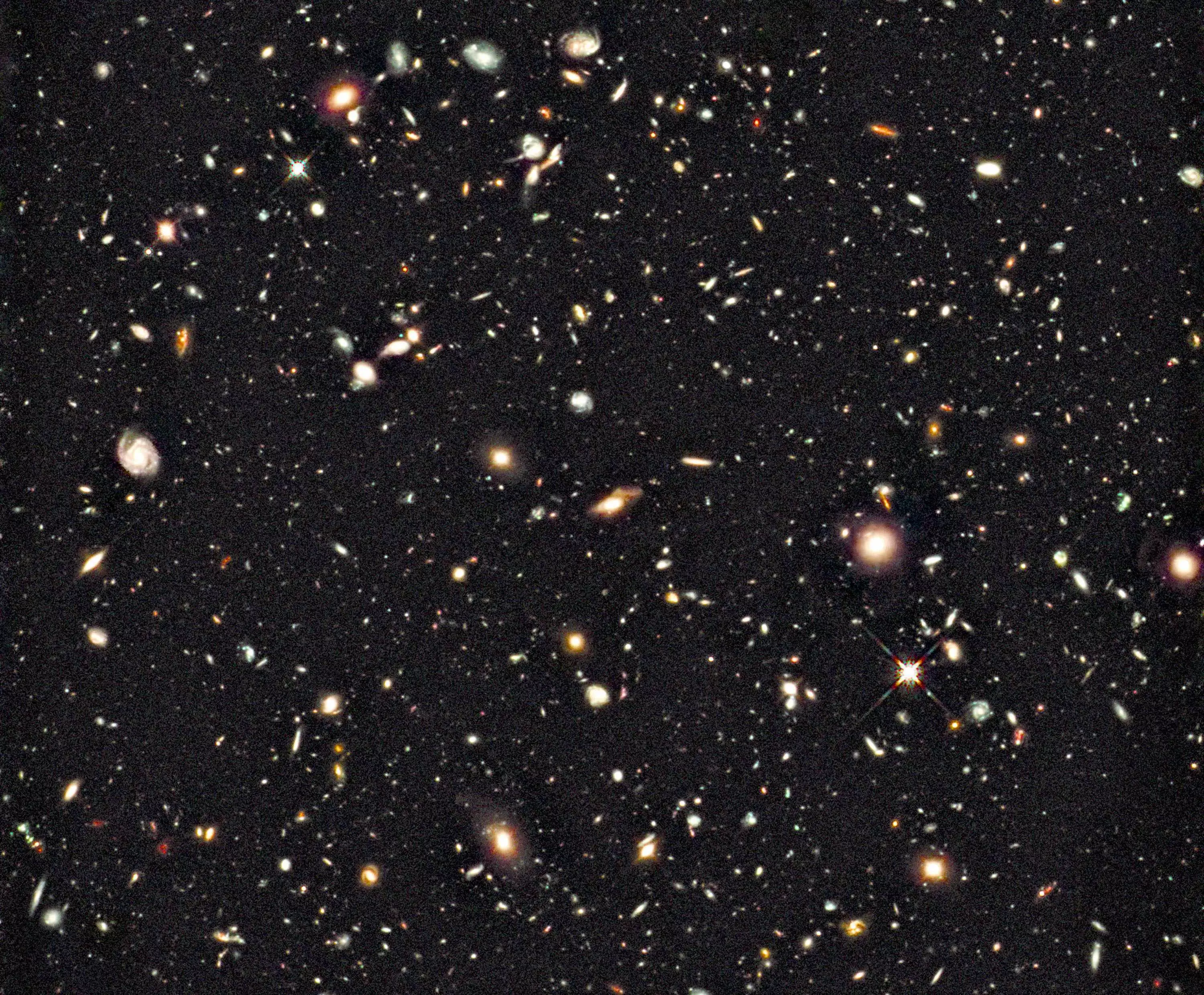
Have you ever looked up at the night sky and, thought, 'with all the billions of stars out there, why does it get dark at night?' No? Me either.
However, lots of people do spend their days thinking this very thing. A long-standing question that astronomers have struggled with is the 'dark sky paradox' - if there is an infinite number of stars, how can it still get dark at night because every point in the sky would/should contain a star?
And, now a theory that was dismissed for 200 years has been proved right.
Advert
German astronomer Heinrich Olbers believed that hydrogen clouds could be blocking out the light but astronomers reckoned there was only around 100 to 200 billion galaxies in the observable universe, so not enough to fill the sky.
However, thanks to info obtained by the Hubble Space Telescope, astronomers have worked out there are about two trillion galaxies.
Professor Christopher Conselice, a Nottingham university astrophysicist, told the Independent the extra galaxies are able to fill the sky with stars.
Advert
"But most of that light, or all of the light from the most distant galaxies, is being absorbed by hydrogen gas which is between us and them," he said.
So, the clever old dead German bloke was right all along.
Featured image credit: PA
Featured Image Credit:Topics: space